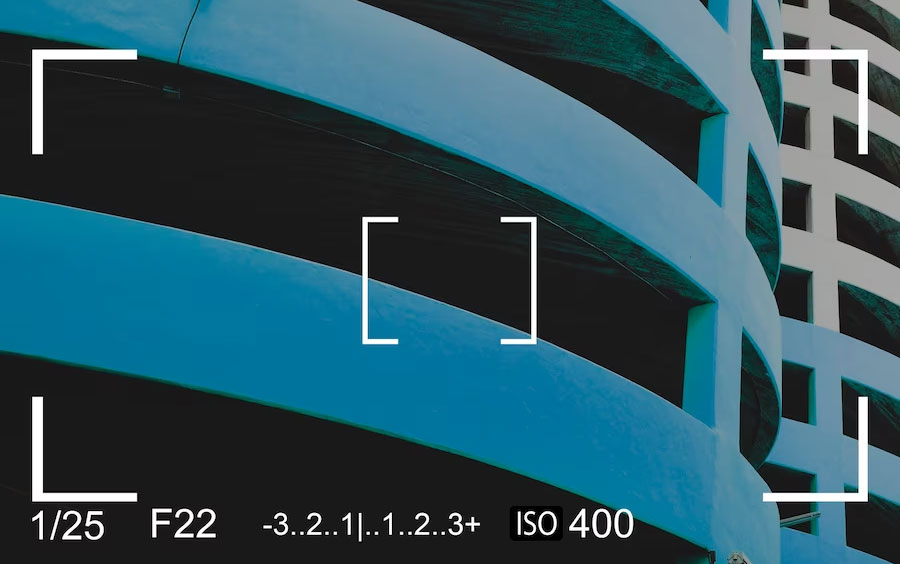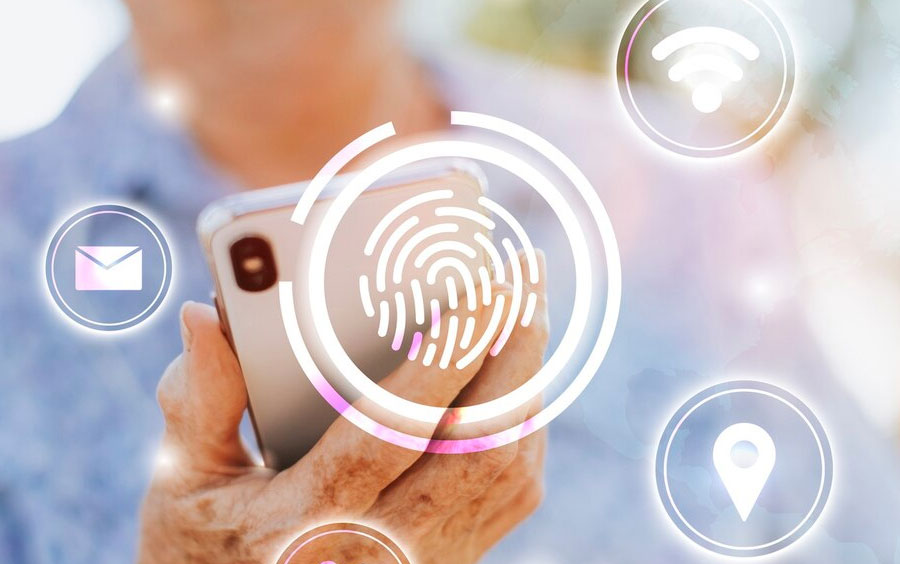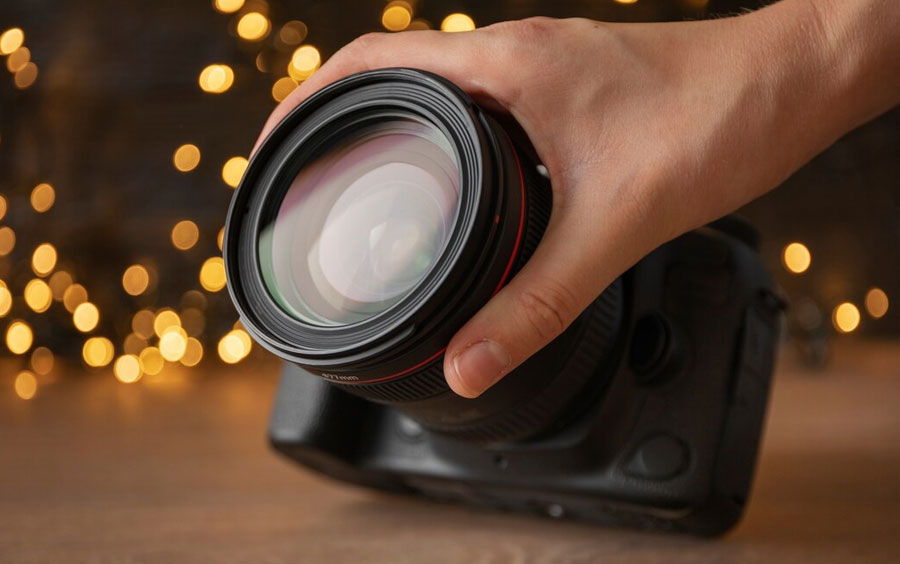Online Exif reader
Toolzin do not host any images or files selected in tools.
| Just select the image, exif data will show here. |
Share it!
Similar tools
Discover how fast your internet connection really is with our Internet Speed Test tool. 🚀 Get accurate results and real-time data tracking to optimize your speed.
Introduction to Online Exif Reader
An online Exif viewer is a powerful tool designed to extract and display the Exchangeable Image File Format (Exif) metadata embedded within digital images. This metadata contains valuable information about the camera settings, date and time of capture, location data, and much more.
📖 With an online Exif reader, photographers and image enthusiasts can easily access and interpret this information without the need for specialized software.
Importance of Exif Data in Photography
Exif data plays a crucial role in understanding and analyzing the technical aspects of a photograph. By examining the camera settings stored in the metadata, photographers can gain insights into aperture, shutter speed, ISO, white balance, and focus mode. This knowledge allows them to learn from their own photography style and experiment with different settings to achieve desired results. Additionally, Exif data provides information about the date, time, and location of a photo, making it invaluable for travel photographers who want to organize their collections and keep track of their adventures.
Benefits of Using an Online Exif Reader
Camera Settings Analysis
One of the key benefits of using an online Exif reader is the ability to analyze the camera settings used in a particular photo.
By examining the aperture, shutter speed, ISO, and focal length, photographers can gain insights into the technical aspects of their images. This analysis helps them understand their own photography style and learn from others by comparing camera settings across multiple images.

Time and Location Tracking
Exif data provides information about the exact date, time, and location where a photo was taken.
This feature is particularly useful for travel photographers who want to keep track of their adventures and easily organize their photo collections. With an online Exif reader, photographers can view the GPS coordinates of a photo on a map, allowing them to see where the photo was captured.
Image Verification
Exif data contains valuable details that can be used to verify the authenticity of an image.
This can be crucial in legal or forensic investigations where the origin and integrity of an image need to be established.
By analyzing the Exif data, experts can determine if an image has been manipulated or tampered with.

Lens and Camera Model Identification
Exif data includes information about the lens and camera model used to capture an image.
This information can be helpful when researching and comparing different equipment or troubleshooting potential technical issues. By analyzing the Exif data, photographers can identify the gear used to capture a particular photo and gain insights into the capabilities of different camera models and lenses.

How to Use Online Exif Reader
Follow these simple steps to access the image metadata:
Choose Your Image
To begin, choose the image you want to analyze and upload it to the online Exif reader. The supported image file formats include JPEG, JPG, TIFF, PNG, WebP, and HEIC. It is important to note that the online Exif reader does not upload your image to a server, ensuring the privacy and security of your files. All processing is done locally on your browser.
View Exif Metadata
Once the image is uploaded, the online Exif reader will automatically extract and display the embedded metadata. Take the time to carefully examine the various sections and fields of the metadata. Pay attention to camera settings, date and time, geolocation data, and any other relevant information you are interested in.
Analyze and Learning
Utilize the data provided by the online Exif reader to gain insights into your photography techniques. Compare camera settings across multiple images to identify patterns or experiment with different settings to achieve desired results. By analyzing the Exif data, you can enhance your understanding of the technical aspects of your images and improve your photography skills.
Security of Online Exif Readers
When using an online Exif reader, privacy and security are of utmost importance. It is essential to choose a reliable tool that ensures the protection of your data. Online Exif readers prioritize privacy and security through the following measures:
Local Data Processing
A trustworthy online Exif reader, like the one discussed in this guide, performs all data processing locally on your browser. This means that your image and its metadata are never uploaded to a server. By keeping the data processing local, the tool ensures that your files remain private and secure.
Security Measures
To further protect the privacy and security of your data, online Exif readers employ various security measures. These measures include encryption protocols to safeguard data transmission and storage, as well as regular security audits to identify and address potential vulnerabilities. Additionally, reputable online Exif readers adhere to industry best practices and comply with relevant data protection regulations.
📢 By choosing a reliable online Exif reader that prioritizes privacy and security, you can confidently analyze your image metadata without compromising the integrity of your data.
Advanced Techniques for Using Exif Data
Exif data can be used for more than just analyzing camera settings. Here are some advanced techniques that leverage Exif data to enhance your photography:
Exposure Bracketing
Exposure bracketing involves taking multiple shots of the same scene at different exposure levels. By analyzing the Exif data of these shots, you can determine the optimal exposure settings for a specific lighting condition. This technique is especially useful in high-contrast situations, such as landscape photography.
Long Exposure Photography
Exif data can provide insights into the shutter speed used for long exposure photography. By analyzing the metadata of successful long exposure shots, you can replicate the settings and capture stunning images of flowing water, star trails, or light painting.
Focus Stacking
Focus stacking is a technique used to achieve maximum depth of field in macro or landscape photography. By analyzing the Exif data of multiple shots taken at different focus distances, you can determine the optimal focus stacking settings for sharp and detailed images.Experimenting with these advanced techniques and analyzing the corresponding Exif data can take your photography to the next level and help you achieve impressive results.
Exif Data and Social Media
Exif data can play a role in how your images are displayed and shared on social media platforms. Here's how Exif data is relevant to some popular platforms:
Instagram automatically strips Exif data from uploaded images. However, the platform uses location data to suggest relevant hashtags and location tags. By understanding how Instagram handles Exif data, you can optimize your posts for maximum visibility.
📢 FYI: If you need to download videos, photos, reels or their thumbnails from Instagram, you can use Instagram Downloader for Free.
Flickr
Flickr is a popular photo-sharing platform that preserves Exif data. This makes it a great platform for photographers who want to share their images while retaining the metadata. Exif data on Flickr can be accessed by viewers, allowing them to learn from your camera settings and shooting techniques.
Facebook also preserves some Exif data, including camera make and model. This information can be useful for photographers who want to showcase the equipment they use. However, Facebook removes location data from images for privacy reasons.Understanding how Exif data is treated on different social media platforms can help you make informed decisions about sharing your images and optimizing their display.
Let's start with it!
Our Online Exif reader is powerful tool that provide you with valuable insights into your images' metadata. By analyzing camera settings, time and location data, and other relevant information, you can enhance your photography skills, learn from others, and verify the authenticity of your images.
With the step-by-step guide on using an online Exif reader, understanding common Exif values, and exploring advanced techniques, you now have the knowledge to make the most of Exif data in your photography journey.